On busy weeknights when time is scarce but nourishment remains a priority, frozen vegetables emerge as unlikely heroes in the kitchen. Among them, sweet corn and green peas – often relegated to quick stir-fries or last-minute salad additions – hold untapped potential for transforming into velvety, comforting soups with minimal effort. The humble bag of frozen peas and corn sitting in your freezer contains the foundation for a rich, flavorful puree that belies its convenience-food origins.
Unlike their canned counterparts, which often suffer from mushy textures and metallic undertones, properly frozen vegetables retain much of their fresh-picked vitality. The rapid blanching and flash-freezing process locks in nutrients and natural sugars at peak ripeness, creating an ideal base for soups requiring depth without hours of simmering. This makes them particularly well-suited for creamy preparations where their natural starches contribute body and their bright flavors cut through dairy's richness.
The magic begins with a simple sauté of aromatics – onions softened in butter until translucent, perhaps a garlic clove or two for complexity. Here lies the first opportunity to build layers: a sprinkle of thyme or tarragon can steer the soup toward French country elegance, while smoked paprika and a bay leaf might suggest Spanish influences. The frozen vegetables go straight from bag to pot, their icy crystals creating instant steam that helps prevent scorching while jumpstarting the cooking process.
What follows defies conventional soup-making wisdom. Rather than laborious simmering, the vegetables need mere minutes to heat through before being blitzed into submission. Their cell walls, already broken down by the freezing process, surrender their essence readily to the blender, creating a remarkably smooth puree with none of the fibrous grit that sometimes plagues fresh vegetable soups. A splash of broth or milk transforms the mixture into liquid velvet, while a handful of grated Parmesan or crumbled feta whisked in at the end adds umami depth that makes the soup taste far more labor-intensive than it actually is.
The true brilliance of this approach reveals itself in the variations. A bag of frozen peas becomes spring in a bowl when paired with fresh mint and lemon zest; the same peas take on wintry warmth with the addition of crispy pancetta and black pepper. Corn chowder morphs from summer staple to year-round comfort when made with frozen kernels boosted by roasted poblano peppers or chipotle in adobo. The freezer aisle's mixed vegetable medleys – those colorful blends of carrots, green beans, and lima beans often overlooked – can be repurposed into a rustic potage with the help of canned tomatoes and Italian seasoning.
Texture plays a crucial role in elevating these quick soups from serviceable to sublime. While the blender creates admirable smoothness, strategic garnishes provide welcome contrast: garlic-rubbed croutons that shatter under the spoon, a drizzle of chili oil that blooms across the surface, or a scattering of toasted seeds that add nutty crunch. For those preferring some toothsomeness, reserving a portion of the vegetables before blending and stirring them back in creates pleasing variation in each bite.
Nutritionally, these frozen vegetable soups deliver unexpected benefits. The rapid processing that occurs shortly after harvest preserves vitamins that might otherwise degrade during transportation and storage of fresh produce. Studies have shown frozen greens can retain higher levels of certain antioxidants than their fresh counterparts that have languished in grocery store displays. When prepared without heavy creams or excessive salt, these soups become vehicles for concentrated plant nutrition – the fiber from the vegetables helps moderate blood sugar spikes, while their natural flavors satisfy cravings for something indulgent.
Practical considerations make these soups weeknight warriors. Unlike fresh vegetables that demand immediate use before wilting or sprouting, frozen bags stand at attention for months, ready to deploy when plans change or appetites surprise. They eliminate prep work – no shucking of peas, no stripping of corn kernels from cobs – while offering consistent quality unaffected by seasonal fluctuations. For small households, they solve the problem of leftover fresh vegetables turning to mush in the crisper drawer.
The technique adapts beautifully to various dietary needs. Vegan versions achieve creaminess through soaked cashews or white beans pureed with the vegetables, while dairy lovers might swirl in crème fraîche or brown butter. Gluten-free by nature and easily made low-carb by adjusting thickeners, these soups accommodate diverse nutritional requirements without compromising flavor. Their mildness makes them perfect canvases for global flavors – stir in curry paste for Thai inspiration, or garnish with za'atar and olive oil for Middle Eastern flair.
Perhaps most remarkably, these frozen vegetable soups bridge the gap between convenience and craftsmanship in home cooking. They allow time-pressed cooks to set homemade soup on the table faster than delivery could arrive, yet deliver the satisfaction of creating something from scratch. In an era when food choices often feel like compromises between speed and quality, these humble freezer staples offer rare reconciliation – proof that good cooking needn't be complicated, and that convenience foods can form the basis of genuinely nourishing meals.
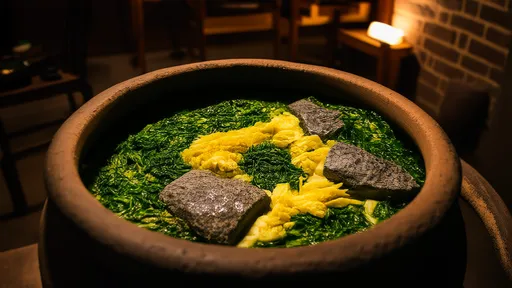
By /Jul 31, 2025

By /Jul 31, 2025
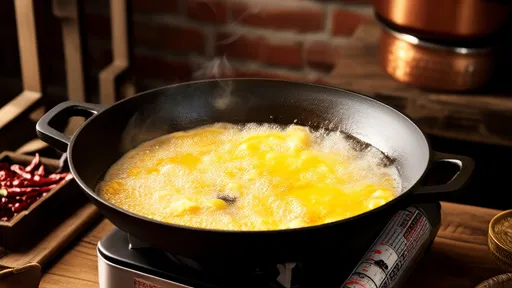
By /Jul 31, 2025
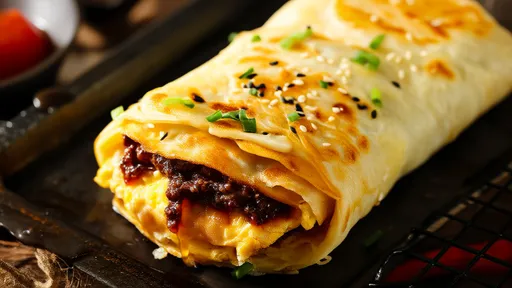
By /Jul 31, 2025
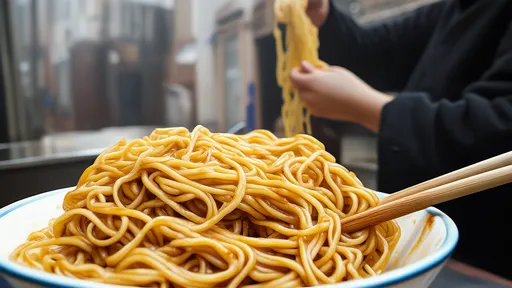
By /Jul 31, 2025
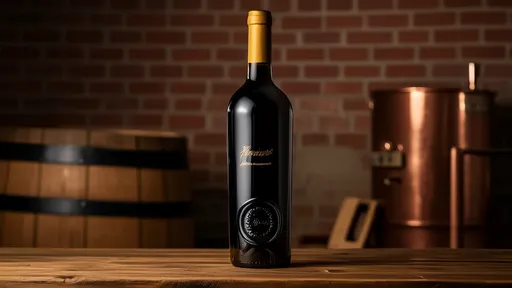
By /Jul 31, 2025
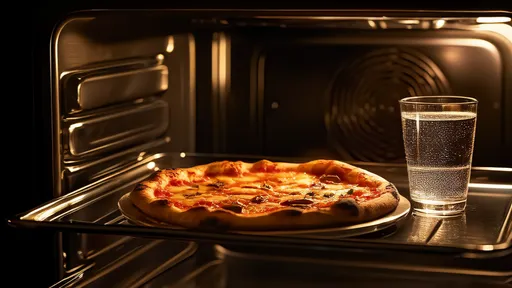
By /Jul 31, 2025
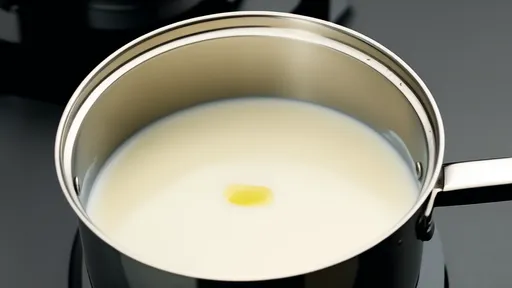
By /Jul 31, 2025
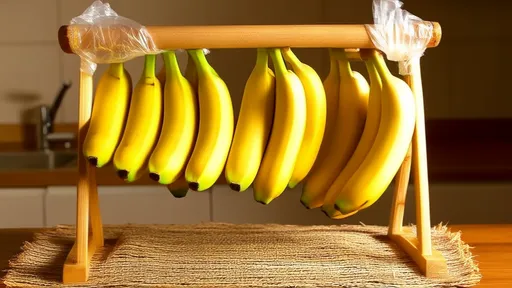
By /Jul 31, 2025

By /Jul 31, 2025
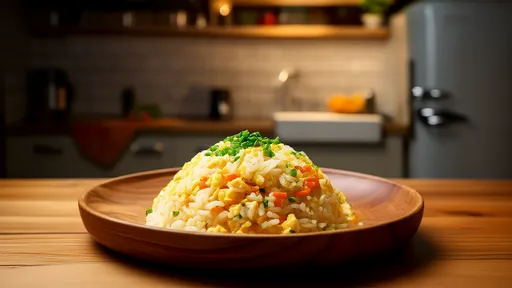
By /Jul 31, 2025
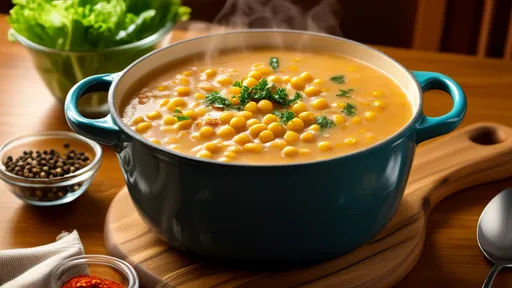
By /Jul 31, 2025
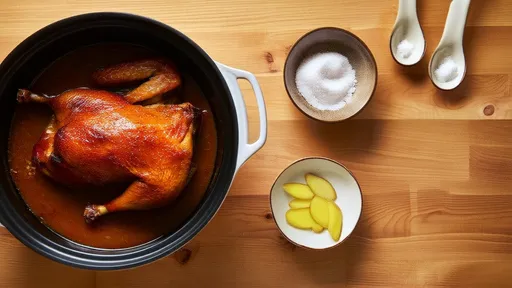
By /Jul 31, 2025
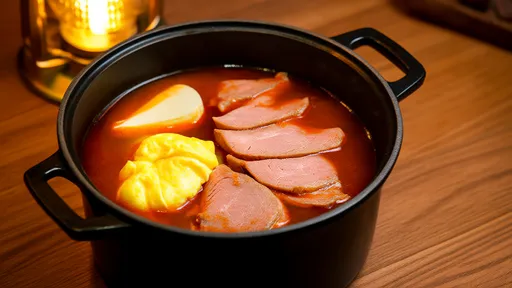
By /Jul 31, 2025
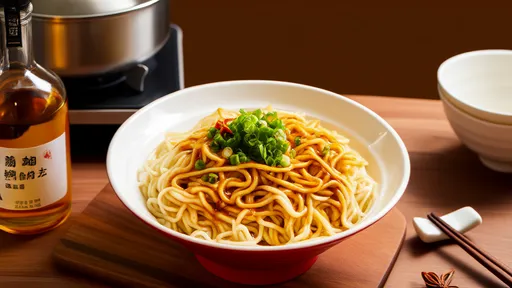
By /Jul 31, 2025
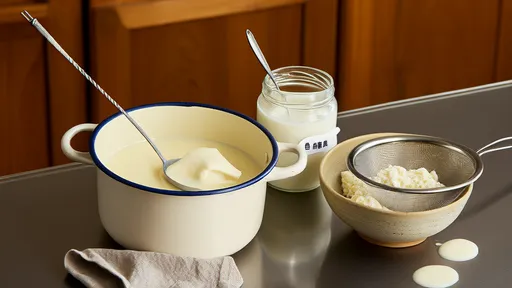
By /Jul 31, 2025
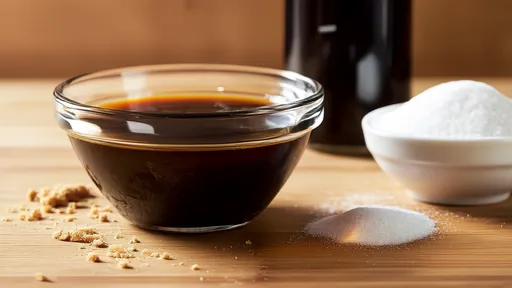
By /Jul 31, 2025
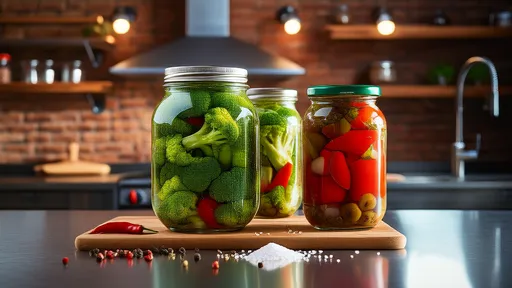
By /Jul 31, 2025

By /Jul 31, 2025
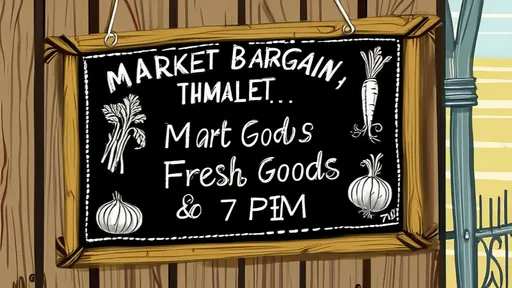
By /Jul 31, 2025